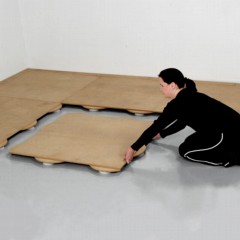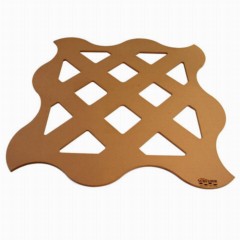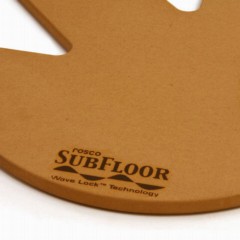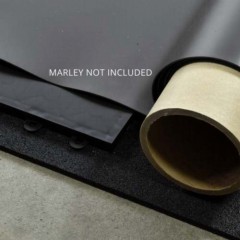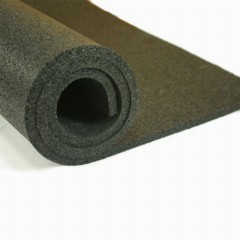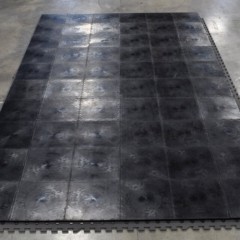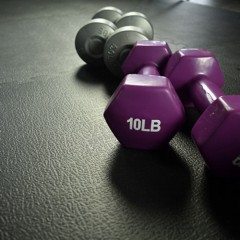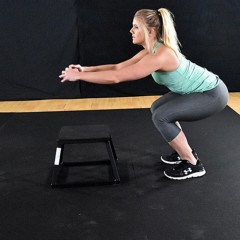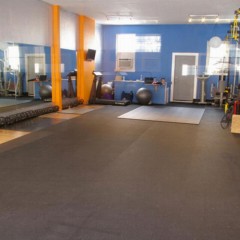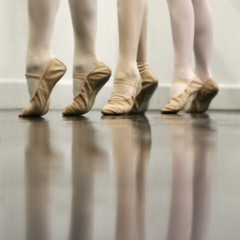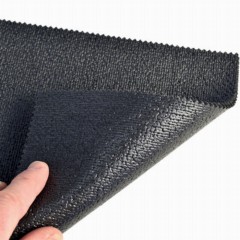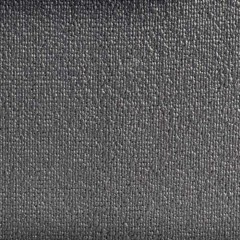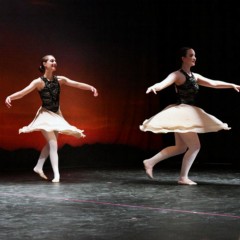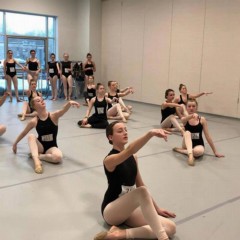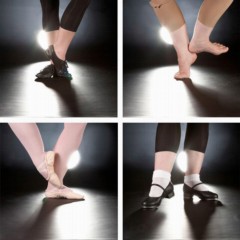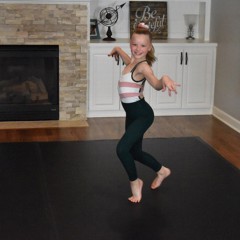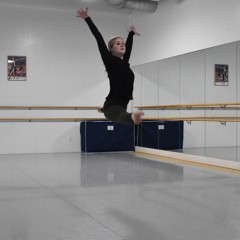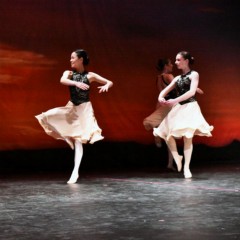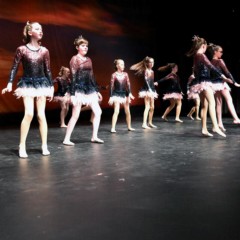Sprung Dance Floor Options
If you don’t think of dance practice as being strenuous like other kinds of workouts, think again. When you are creating a dance floor for workouts at home or at a studio, the right sprung dance floor is vital for giving students a safe place to practice while minimizing joint fatigue.
A sprung dance floor can consist of large panels or kits. After installation, just roll the marley over the top of the subflooring to create the ideal surface for dance practice. At Greatmats, we carry multiple solutions for creating the perfect dance floor, all at a great price.
Types of Sprung Flooring
At Greatmats we carry three types of sprung dance floor for home or dance studios. After installation, just add the roll of Rosco marley over the top to finish the space.
Full Panels
Our
Full Panel Sprung Dance Floors each measure 3.5x3.5 feet. They use the WaveLock design that eliminates uneven spots in the floor. This is a floating dance floor that you can use for practices and performances alike. It’s a Made in the USA professional dance floor option with a high-quality design that you can trust.
DIY Panels
Our
DIY Sprung Dance Subfloor is one of the best sprung wood floors for dance that you can build yourself, saving money. You just need to provide 2x4s and 1/2-inch thick fiberboard to complete the installation.
Portable Kit
For the best option at home, we offer the
Dance Studio Subfloor Elite product. You also can use this kit in a studio. It includes a cushioned rubber bottom layer and a set of plastic modular tiles as a second layer. The rubber delivers cushioning, while the modular tiles add firmness. This is one of the highest quality portable sprung floors available.
About Sprung Dance Floor
Sprung flooring from Greatmats has the ideal mixture of cushioning to support the lower body joints of the dancers during tough workouts while also delivering the stability required for a sure footing.
Sprung dance flooring absorbs the shock of the dancer landing on it while minimizing and dampening bounce.
A sprung floor system enhances the performance of the dancers, too. Visually, it helps the dancers maintain a softer feel and look to landings and movements.
Benefits of Sprung Floor Systems
Some of the primary benefits of using sprung flooring include:
- Adding safety and comfort.
- Creating a reliable spot for rehearsals or performances.
- Creating a rehearsal space at the house.
- Investing in a product for touring.
- Increasing the training time with less fatigue.
Sprung dance floors from Greatmats are portable products, as you can transport the panels to multiple locations. They fit together tightly without allowing for loose or raised seams that could cause a stumble or trip.
Sprung Dance Floor Q&A
How much does a sprung dance floor cost?
It depends on the material in use. The most basic models will cost around $2 to $5 per square foot, but the price could be as high as $10 to $15 per square foot for tongue-and-groove units that have excellent build quality.
What is a sprung dance floor?
Use a DIY portable
sprung dance floor to provide shock absorption for students and teachers in the dancing classes. The idea is to reduce the possibility of injuries by giving them cushioning that protects the lower body joints underneath the marley flooring.
What are the best floors for ballet?
Subfloor for Studio Elite is an economical subflooring solution by Greatmats. Underlayments help to provide separation from hard concrete. While not a direct replacement for sprung flooring, underlayments do provide additional cushion for a more comfortable space. We offer a variety of cushioned underlayment systems at affordable prices.
How do you make a DIY sprung dance floor?
Although some studios may attempt to build their own designs, our sprung dance floors greatly simplify the installation process, allowing customers to create a high-performance surface in very little time because the kit includes everything.
What do you put under marley?
The
Sports Floor Plus Designer is the easiest underlayment to lay out. The durable 3/8-inch thick EVA foam interlocks like a puzzle using 2x2 foot squares. The foam underlayment provides essential separation between the dancer and the concrete. Place it on a hard, flat surface with no adhesive. Cut these to fit by using a utility knife. Understand that this subfloor is not recommended for advanced ballet, as it may be too soft for average-sized adult dancers.
 $171 /sqft You Save 5%Shop$318 /sqft You Save 20%Shop$2,26000 /Roll You Save 20%$4.23/sqftShips Out in 1-3 Working DaysShop$1,42817 /Roll You Save 9%$2.76/sqftShips Out in 11-14 Working DaysShop$2600 /Linear Ft You Save 13%$4.91/sqftShips Out in 1-3 Working DaysShop$27610 /Roll You Save 25%$5.26/sqftShips Out in 1-3 Working DaysShop$22540 /Roll You Save 24%$6.13/sqftShips Out in 1-3 Working DaysShop$17525 /Roll You Save 25%$5.56/sqftShips Out in 1-3 Working DaysShop$2518 /Linear Ft You Save 23%$4.75/sqftShips Out in 1-3 Working DaysShop$26775 /Roll You Save 33%$5.10/sqftShips Out in 4-6 Working DaysShop$16925 /Roll You Save 33%$4.61/sqftShips Out in 1-3 Working DaysShop
$171 /sqft You Save 5%Shop$318 /sqft You Save 20%Shop$2,26000 /Roll You Save 20%$4.23/sqftShips Out in 1-3 Working DaysShop$1,42817 /Roll You Save 9%$2.76/sqftShips Out in 11-14 Working DaysShop$2600 /Linear Ft You Save 13%$4.91/sqftShips Out in 1-3 Working DaysShop$27610 /Roll You Save 25%$5.26/sqftShips Out in 1-3 Working DaysShop$22540 /Roll You Save 24%$6.13/sqftShips Out in 1-3 Working DaysShop$17525 /Roll You Save 25%$5.56/sqftShips Out in 1-3 Working DaysShop$2518 /Linear Ft You Save 23%$4.75/sqftShips Out in 1-3 Working DaysShop$26775 /Roll You Save 33%$5.10/sqftShips Out in 4-6 Working DaysShop$16925 /Roll You Save 33%$4.61/sqftShips Out in 1-3 Working DaysShop